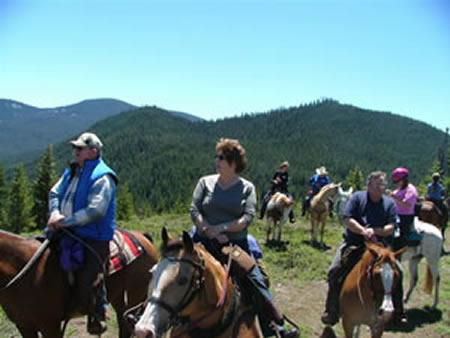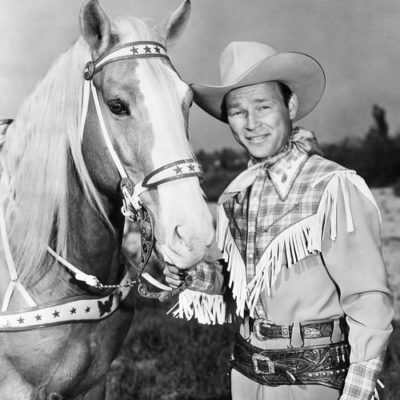LNT #4 Leave What You Find – Avoid damaging live trees and plants. Don’t pound nails into trees or chop on them. Leave natural objects and cultural artifacts there.
These Leave No Trace (LNT) articles were originally published in the OET Riders Roundup in the early to mid 2000’s. They were written by Bonnie Stockman, a long standing member and supporter of the OET Mission and way. Among her many talents, Bonnie was a Equestrian Leave No Trace (LNT) educator and wrote many articles for the OET Riders Roundup. Today as she watches over us, we honor Bonnie’s work, by reprinting the articles for everyone, so while we ride let’s do our part by leaving no trace and become a better steward of our public lands.
Remember those special discoveries you’ve had when you’ve been out in the backcountry or camping in that special place? That’s what this column is about. Special discoveries and what we can do to preserve them for other’s enjoyment.
Perhaps you’ve come upon an unusually beautiful or rare wildflower. Or evidence of a prior civilization. Or an interesting geological formation. Or ripe huckleberries (my own personal weakness).

These are all special treasures – something you don’t see every day – and may not see again. You can share this sense of discovery and specialness with others by simply leaving what you find as you found it.
That means you don’t pick that unusual wildflower but let it remain to reproduce. Take a picture if you want to “take it home with you”.
In regards to cultural and historic ruins and artifacts. These need to be left as they are – in the case of rock art (pictographs and petroglyphs), they should not even be touched as the oils from your skin hastens their disintegration. Leave the arrowheads, the flint knappings, and other cultural artifacts and enjoy the fact that someone else a long time ago thought this was a good place to camp. In many cases it is illegal to remove items. Potential archeological sites need careful, scientific exploration after appropriate permissions have been granted in order to give us modern day humans the best picture of life in another time.
Likewise treat interesting rocks and fossils and other natural objects as something to observe or photograph, but not to remove. If you are tempted to take home that piece of obsidian or petrified wood, ask yourself how you’ll feel about dusting it twenty years from now and whether it is as special on your mantel piece as it is in the setting where you found it.
Remember that these special things that we want to bring home are not as special when you take them away from where you found them – they don’t have the view, the air, and the smell of where they come from anymore. Better to carry them in your heart and take a picture.
Huckleberries (and other forage foods) are a little bit different. Some areas are designated for harvesting by the public or by the tribes and the amount you can harvest is regulated or may require a permit. In the backcountry, a respectful consumer doesn’t pick more than they can eat while in the area – keeping in mind that wildlife depends on these foodstuffs. A good rule of thumb (red-stained, of course!) is that it should never look like you picked berries after you picked berries – in other words, don’t strip the bushes like you were picking for a commercial grower!
One of the things that you leave as you find is your campsite (unless it was a mess when you got there). That means that you don’t dig trenches around your tent (locate it so you don’t have to) or build things. Or build furniture or structures – leave all the lashing stuff you learned in Scouts at Scout Camp! If you did build a fire ring, take it apart when the fire is out. If this is a pristine site, it will more likely stay that way, if it doesn’t have inviting structures that encourage further use. A moderately impacted site is more likely to recover if it doesn’t have repeated use too soon. If this is an existing, hardened site, leave the fire ring and structures in place so people are encouraged to camp there rather than starting other sites elsewhere.
If you just have to take souvenirs with you when you leave, take the litter you find. No one should object to that!
LNT Tip of the Month: Bring your camera!
May we always have Mountains and Rivers Without End.
Bonnie & Velvet









Leave a Reply